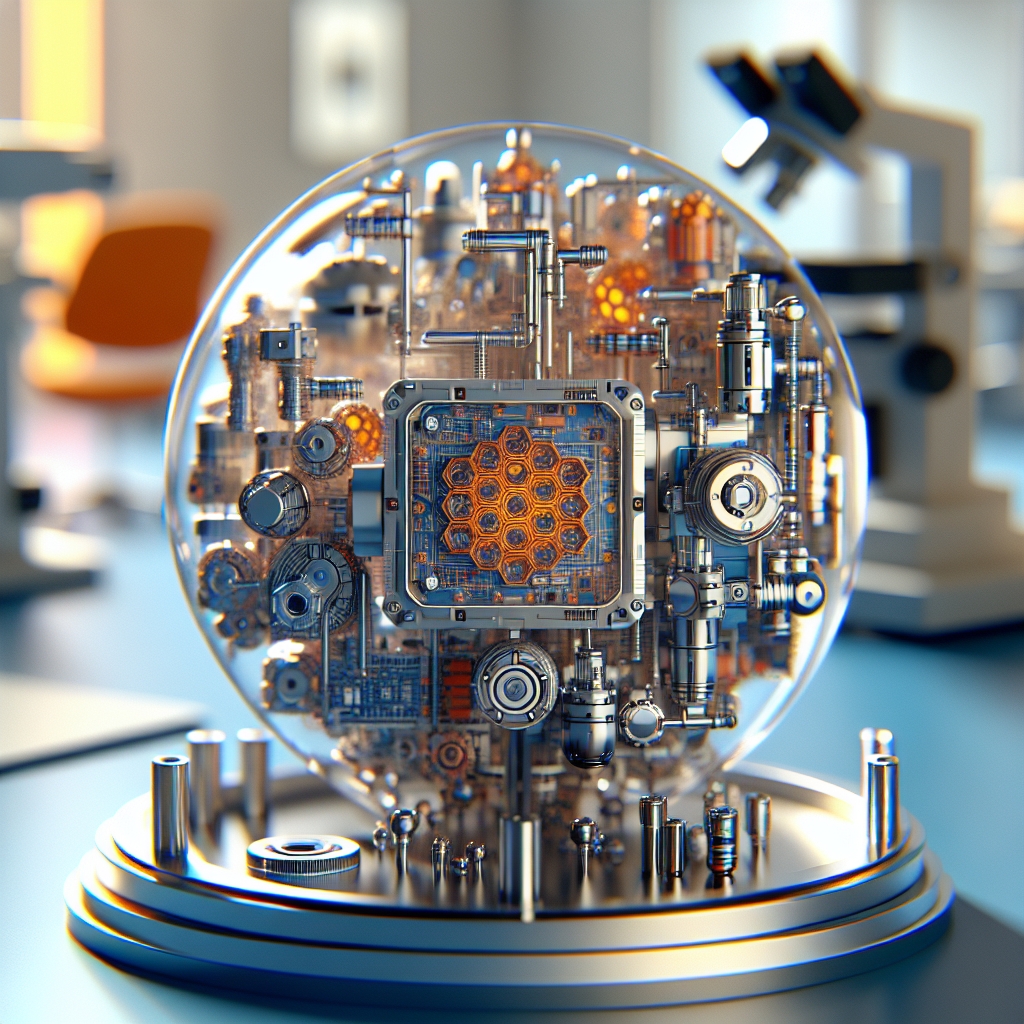Rare Earth Elements (REEs) are a group of 17 chemically similar elements that play a crucial role in various high-tech applications, including medical devices. These elements, which include lanthanides and some actinides, are not as rare as their name suggests; rather, they are relatively abundant in the Earth’s crust but are rarely found in economically exploitable concentrations. The unique properties of REEs, such as their magnetic, luminescent, and electrochemical characteristics, make them indispensable in the manufacturing of advanced medical technologies. This article will explore the significance of rare earth elements in medical devices, their applications, and the challenges associated with their use and sourcing.
Chapter 1: Understanding Rare Earth Elements
Rare Earth Elements are divided into two categories: light rare earth elements (LREEs) and heavy rare earth elements (HREEs). LREEs include elements such as lanthanum, cerium, and neodymium, while HREEs consist of elements like dysprosium, erbium, and yttrium. These elements are characterized by their similar properties, which include high melting points, high density, and the ability to form strong magnetic fields. Their unique electronic configurations allow them to exhibit distinct optical and magnetic properties, making them essential in various applications.
REEs are primarily sourced from minerals such as bastnäsite, monazite, and xenotime. The extraction and processing of these minerals can be complex and environmentally challenging. The mining process often involves significant environmental degradation, including habitat destruction and pollution. Furthermore, the geopolitical landscape surrounding REE mining is complicated, as a few countries, notably China, dominate the global supply chain. This concentration of supply raises concerns about sustainability and the potential for supply disruptions.
In the context of medical devices, the properties of REEs are leveraged to enhance performance and functionality. For instance, neodymium is used in powerful magnets for MRI machines, while europium and terbium are utilized in phosphors for medical imaging technologies. The ability of REEs to improve the efficiency and effectiveness of medical devices has led to increased research and development in this field.
Chapter 2: Applications of Rare Earth Elements in Medical Devices
The applications of rare earth elements in medical devices are diverse and continually expanding. Some of the most notable uses include:
- Magnetic Resonance Imaging (MRI): Neodymium and dysprosium are critical in the production of high-strength magnets used in MRI machines. These magnets are essential for generating the strong magnetic fields required for imaging, allowing for detailed visualization of internal body structures.
- Medical Lasers: Rare earth elements such as ytterbium and erbium are used in solid-state lasers for surgical procedures. These lasers provide precision and control, making them ideal for delicate operations, including eye surgeries and dermatological treatments.
- Phosphors in Imaging: Europium and terbium are used in phosphor materials that convert X-ray energy into visible light in imaging systems. This conversion is crucial for enhancing the quality of images obtained during diagnostic procedures.
- Bone Implants: Some REEs, like cerium and lanthanum, are being researched for their potential to enhance the biocompatibility and mechanical properties of bone implants. Their incorporation into biomaterials can promote bone growth and integration.
- Drug Delivery Systems: Rare earth nanoparticles are being explored for targeted drug delivery applications. Their unique properties allow for the controlled release of therapeutic agents, improving treatment efficacy.
The integration of REEs into medical devices not only enhances their performance but also contributes to the development of innovative technologies that can improve patient outcomes. As the demand for advanced medical devices continues to grow, the role of rare earth elements is expected to expand further.
Chapter 3: Challenges and Future Directions
Despite the significant advantages offered by rare earth elements in medical devices, several challenges must be addressed to ensure their sustainable use. One of the primary concerns is the environmental impact of REE mining and processing. The extraction of these elements often involves the use of toxic chemicals and generates hazardous waste, which can have detrimental effects on local ecosystems and communities.
Additionally, the geopolitical issues surrounding the supply of rare earth elements pose a risk to the medical device industry. With a significant portion of the world’s REE supply coming from China, fluctuations in trade policies or export restrictions could lead to supply shortages. This reliance on a single source highlights the need for diversification in sourcing and the development of alternative materials.
To mitigate these challenges, researchers and industry leaders are exploring several strategies:
- Recycling and Reuse: Developing efficient recycling methods for rare earth elements from used medical devices can help reduce the demand for newly mined materials. This approach not only conserves resources but also minimizes environmental impact.
- Alternative Materials: Research into alternative materials that can replicate the properties of REEs is ongoing. For example, scientists are investigating the use of transition metals and other compounds that may offer similar benefits without the associated environmental concerns.
- Sustainable Mining Practices: Implementing more sustainable mining practices can help reduce the environmental footprint of REE extraction. This includes using less harmful chemicals, improving waste management, and rehabilitating mining sites.
- Policy and Regulation: Governments and international organizations can play a crucial role in promoting sustainable practices in the REE supply chain. Establishing regulations and incentives for responsible sourcing can help ensure that the benefits of REEs are realized without compromising environmental integrity.
In conclusion, rare earth elements are vital to the advancement of medical devices, offering unique properties that enhance performance and functionality. However, the challenges associated with their extraction, processing, and supply must be addressed to ensure their sustainable use. By focusing on recycling, alternative materials, sustainable mining practices, and effective policy measures, the medical device industry can continue to benefit from the remarkable capabilities of rare earth elements while minimizing their environmental impact.

